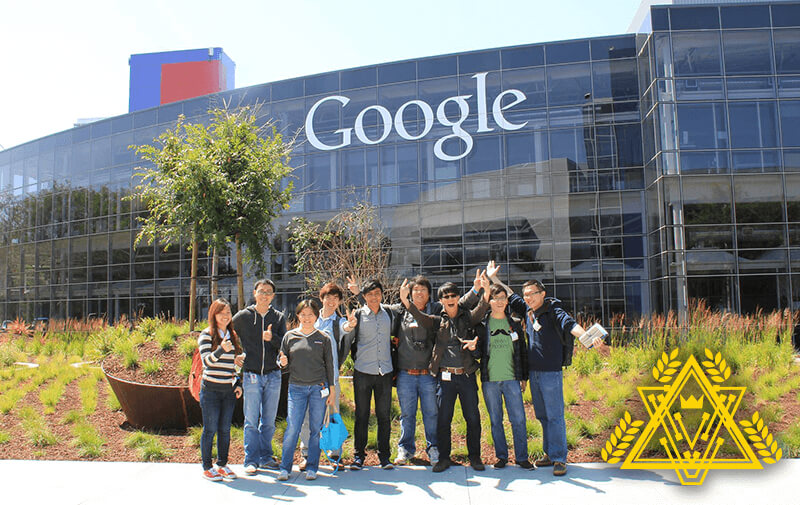Silicon Valley, the land of innovations – a mythical place where dreams and fortunes are forged (and broken at the same time) in the tech world. Dreamers, investors, even government leaders gather there in hope to capture the magical formula that has made miracles happen in this unparalleled tech and business hub. Today, Silicon Valley has expanded to encompass the entire San Francisco Bay Area and remains as a leading tech hub in the world, focusing on a strong start-up ecosystem. It is a dream place where every other start-up or innovator wants to be.
In 2014, almost two years ago, I had the privilege to visit this “legendary” place due to an entrepreneurship program from my tech start-up, as well as an invitation from friends in SV. After having stayed two weeks Silicon-Valley-style, we have visited several tech giants like Google, Facebook, Apple, Evernote, Rocket Fuel, Oracle, Intel, Startup “Ecobator” NestGSV, Plug and Play Technology Center and even one of their hackathons at RocketSpace.
In this post, I will share what I have learnt and what I think can be useful to creating ecosystems around the world that want to be successful.
Make innovation a part of life
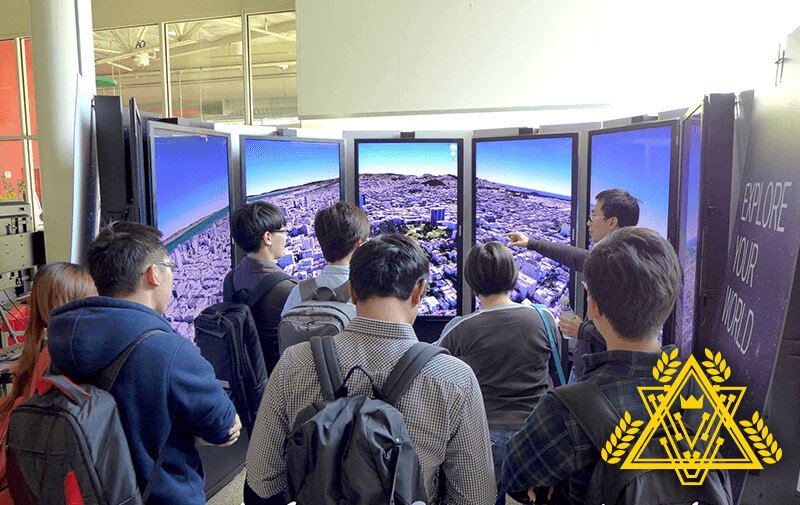
All SV has done is to show the rest of the world that it keeps moving, and constantly bringing people and experience together to keep refueling its innovation. A simple walk through the halls of Google, Facebook or Evernote, reveals how tremendously these tech giants value an innovative atmosphere for their people. From the way they build their workplace to the way they work, constant creativity and outside-the-box thinking are part of their lifeblood.
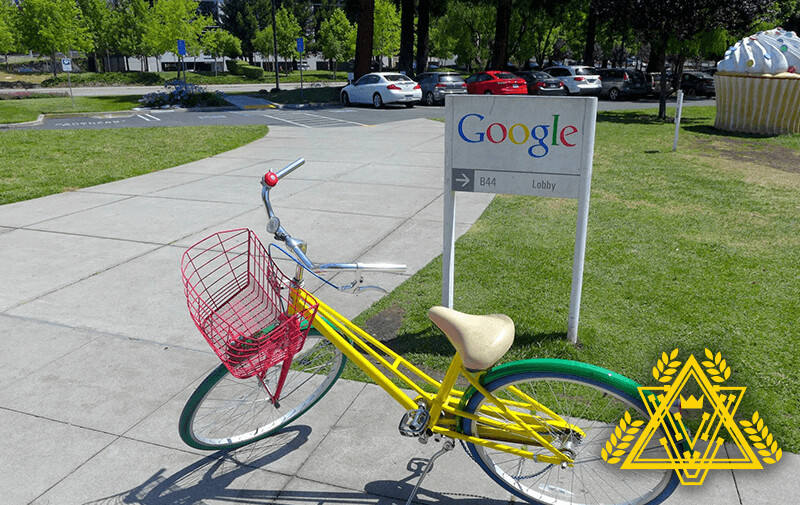
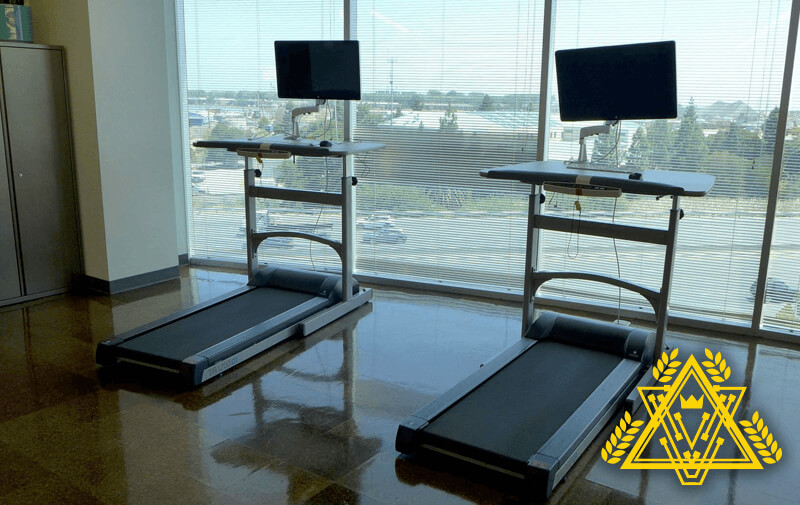
Companies in the Valley love to adopt new technologies and tools that encourage a new level of communication and collaboration. At the same time, it is a common practice in the Valley to conduct “hack days” or hackathon when the entire company comes together to form teams to generate new ideas and converting them into reality. These activities allow individuals a chance to get together, exchange thoughts and emulate each other, turning a concept into a viable business or product.
Every year, new ideas come out of SV that disrupt the industries – think of Uber, AirBnB or Netflix. Traditional businesses can learn a lot from this kind of innovations when not only they try to improve on an existing product category, but to return to the root problems and to come up with new innovative solutions that are relevant in today’s world.
Innovation is the difference between the company that stagnates, resulting in a slow death and the one that is propelled into new levels of profitability and relevance.
Create a positive work culture
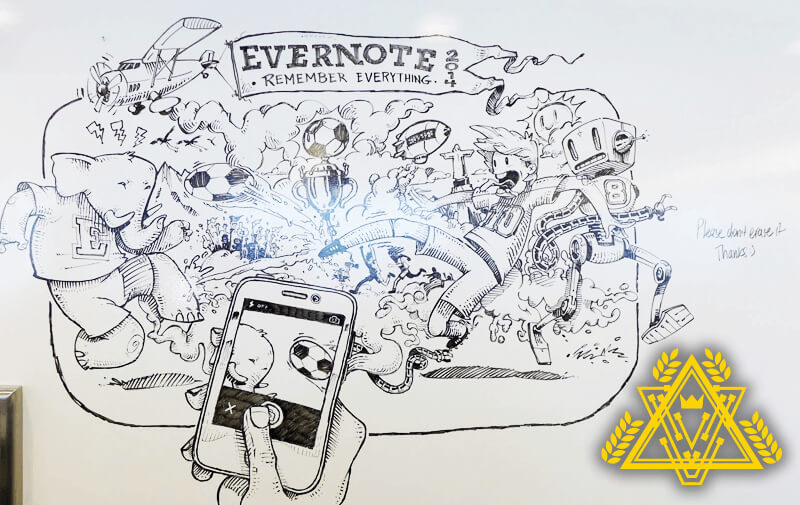
An arcade or a ping-pong room may not be common in a corporate company, but more and more companies around the world are learning from the Valley’s culture in creating a workplace where people want to come to work. Tech giants like Google and Facebook have work cultures and fantastic workspaces that billions of people over the world have dreamed of working in. They invested, not only in their people but also in creating an environment that is conducive to their devotion to innovation. In most the places I have visited in SV, they adopt an open-office culture where walls are almost non-existence. This kind of office layout, not only makes the office looks bigger but also encourages collaboration. And there are white boards and chairs around the office which allow people to discuss and pen down their thoughts as they walk from places to places.
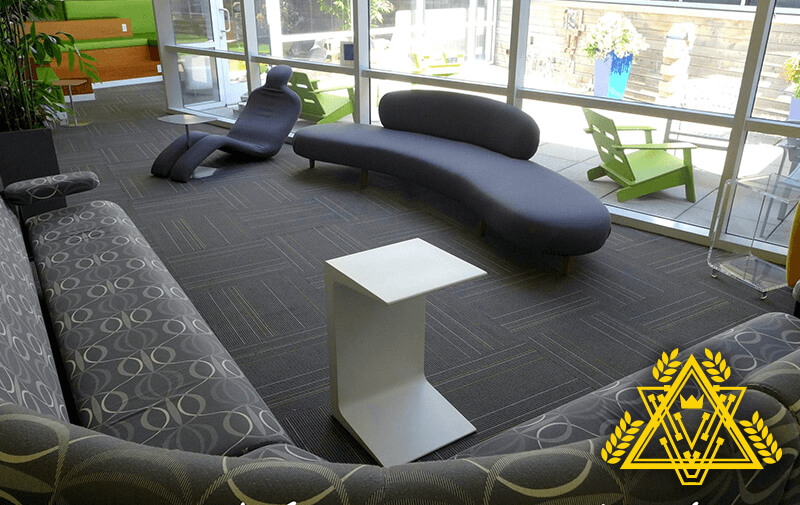
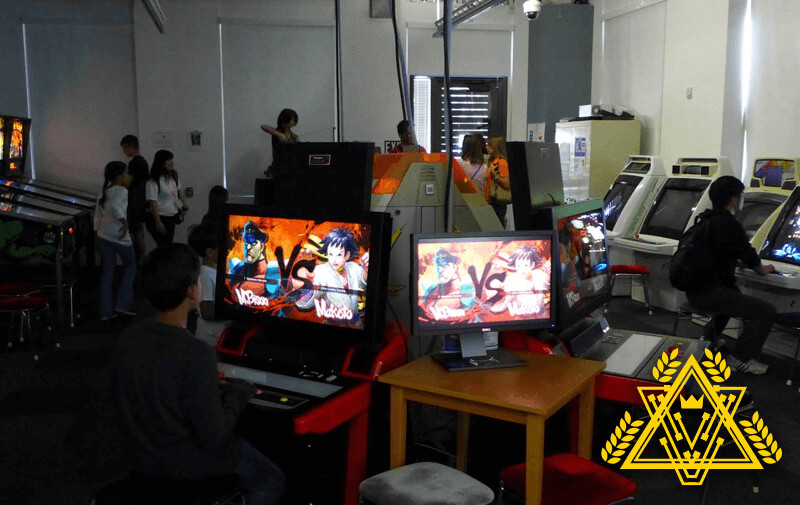

Providing onsite perks and gourmet-style meals pulls talents into these companies too, and at the same time, it makes people want to come, and to stay – often around the clock. It is no wonder that Millennials have ditched traditional corporate work culture to join start-ups or companies that are adopting this new style of work culture that promotes creativity and innovation.
Collaborate to accelerate
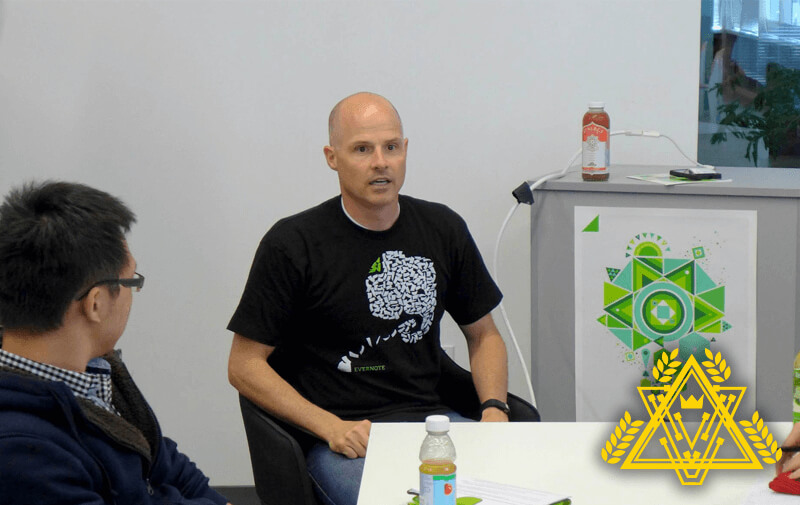
Success in SV brings, even more, success – having built a reputation as an innovation hub, innovators from around the globe are attracted to this “holy” place. Attracting diverse talents from other areas helps foster a culture of innovation and to develop new ideas. Everyone talks about connecting the dots. But every individual has difference experience, networks and skill sets which can bring value to the table.
It is impressive how there is a clear common denominator in the success stories in SV, and that is sharing. Venture capitalists and investors often talk about how upon realizing that startups had an enormous potential for success and sharing of the opportunity they saw. Value has been created in a situation where everybody wins – leaving aside ego and selfish feelings to “keep the secret” about the next Instagram or Snapchat.
Maybe that is also why coming to SV can be a major game-changer for individuals: getting closer to new technologies, ideas, and cultures, they spark new thoughts about what is possible in their area of expertise.
By seeking out like-minded businesses and networks of individuals to partner with can lead to new ways of thinking and working while bringing the perks of a more diverse viewpoint. It can also lead to new collaborative ventures, or more productive working styles.
Creating a better world requires teamwork, partnerships, and collaboration, as we need an entire army of companies to work together to build a better world within the next few decades. This means corporations must embrace the benefits of cooperating with one another.
Simon Mainwaring
Have the okay-to-fail-mentality
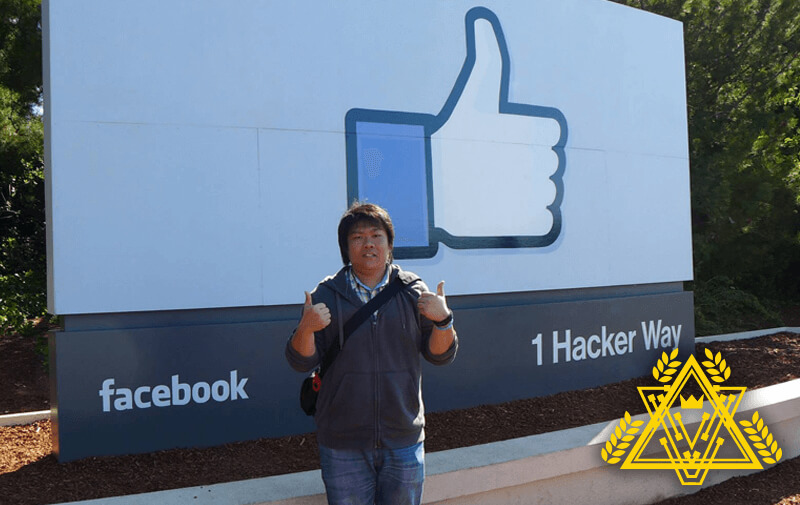
SV’s mentality is clearly conducive to innovation and entrepreneurship, something that something we lack in corporate life. As we studied in schools, graduated from universities and started working in the corporate sectors, we have become too risk adverse.
When I first joined a start-up, the thing that I learnt is that 90% of startups fail. Despite this hard and bleak truth, why do innovators and entrepreneurs still want to embark on this journey?
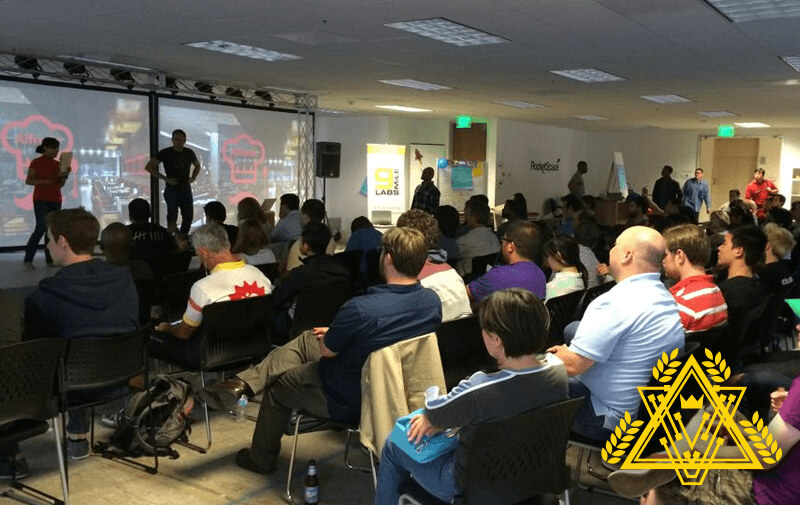
At least once in life, one is going to fail at something. Failing is a part of the game of life. Imagine if Mark Zuckerberg had not pulled through, persisted with his vision and launched Facebook from Harvard’s dormitory rooms. We will not have Facebook today. When looking at his success today, being the chairman, chief executive, and co-founder of the largest social networking website Facebook and having a net worth estimated to be US$51.2 billion, June 2016, one cannot imagine the amount of effort that is needed to build this empire.

Failing is trying. Without trying, we will never have a chance to succeed. The quicker one can deal with failure; the quicker one is ready for success. Each failure is a building block and learning opportunity for success. Some people cannot deal with failure, so they never try anything. The result: nothing. Nothing can happen without action. Failure separates the weak from the strong. Some fail and they give up on their goals. While others fail to gain immense strength and experience. Life is all about action, and taking risks.
To finally succeed, after repeated failure is one of the best feelings in the world!
